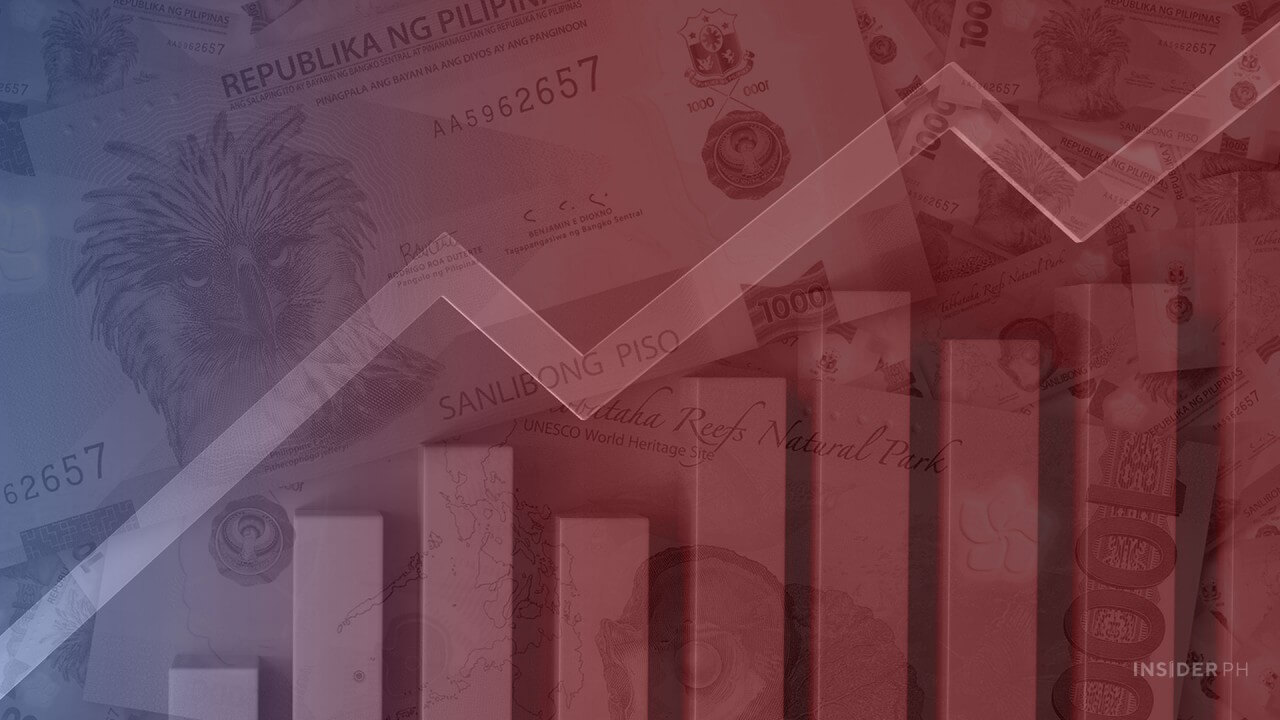

Many headlines would describe this as the highest level of government debt in Philippine history. And that’s enough to make a lot of people nervous—especially those who still remember how the country fell out of favor when it could not pay its debts in the mid-80s.
From reforms to resilience: How the Philippines rebounded
Back in those days, the government had discovered it had more debt than what was recorded in the official books. It swallowed national pride to salvage the economy by asking its creditors for its debts to be rescheduled. And it painstakingly created a more comprehensive database for debt, including those it had to assume from government corporations and government banks to save them from bankruptcy.
Slowly, over three decades, the Philippines emerged as a thriving, though battle-scarred, middle income country with several reforms underway. Most importantly, the government’s debt stock fell from a peak close to 72 percent of the gross domestic product (GDP) between 2004-2005 to only 39.6 percent by 2019.
Pandemic spending and a debt resurgence
However, pandemic spending in 2020 and 2021 doubled the national government’s outstanding debt from P6 trillion in 2016 to P13.4 trillion in 2022, causing the debt-to-GDP ratio (an important measure of how much we owe versus how much we make) to shoot up to 60.9 percent in 2022.
After this ratio went down to 60.1 percent in 2023, the debt grew by 9.8 percent as the government deficit remained at roughly the same level of P1.5 trillion between 2023 and 2024 instead of going down as what would have happened if a fiscal consolidation program was in the works. Thus, the debt-to-GDP ratio has once more risen to 60.7 percent of GDP.
A fiscal crystal ball would be especially murky these days, with external developments that are too serious to ignore but way beyond the capacity of a developing country like the Philippines to fully avoid or control.
The Philippines can only hope to mitigate the supply constraints and tight global markets caused by the ongoing war between Russia and Ukraine, as well as the renewed hostilities between Israel and Iran. and the reigniting of hostilities between Israel and Iran.
We must thank our lucky stars that India and Pakistan have so far exercised restraint in their long-standing rivalry, an unresolved sibling skirmish between two nations that were once one.
Global tensions, local headaches
In this global context, maintaining a decent economic growth rate beyond 6 percent will not be easy-peasy. There is more than enough reason to keep the fiscal house in order— gradually reducing the deficit to manage debt growth but without sacrificing growth and welfare objectives.
There is much to be said about how aligning budget priorities with the objectives of the Philippine Development Plan (PDP) can help the country avoid a debt crisis similar to what it experienced in the 1980s.
If the budget stays true to the PDP, there is a bigger likelihood the type of government spending that ensues is more productive and beneficial, instead of only politically fragrant and expedient.
In other words, we need to move past the many forms of ayuda and instead prioritize programs that address long-term, structural issues: mitigating child stunting, improving the health care delivery system, connecting more people efficiently to workplaces, and upgrading classroom curricula to raise education standards to world-class levels.
Lessons from the 1980s: A crisis etched in memory
What we do not want to see happening again is the belt-tightening that gripped the Philippines for nearly a decade, from the mid-1980s to the mid-1990s.
During that period, roads were left to rot, power plants were cannibalized for spare parts, massive blackouts, overcrowded schools, and public school teachers becoming domestic helpers and babysitters overseas.
All of those were the consequences of programs that sought to bring down total debt to manageable levels—but at the expense of development and public welfare.
Then we, the people, should demand to know where the government spent the budget funded in the last three years from a rapid increase in borrowing.
Government borrowing is merely a tool. It is neither good nor evil. The government only needs to be responsible in how it uses that tool.
Profligate use can lead to a debt crisis, a replay of the immediate years prior to the fall of the Marcos dictatorship.
A moral warning from the Jubilee Report
The Jubilee Report—titled “A Blueprint for Tackling the Debt and Development Crises and Creating the Financial Foundations for a Sustainable People-Centered Global Economy”—was commissioned by Pope Francis to address the growing concern over global debt burdens.
It states:
“To meet obligations to their external creditors, debt-distressed countries are sacrificing investments in education, healthcare, infrastructure, and climate resilience. Core aspects of national sovereignty are put into question as economic policy serves creditors rather than citizens. National politics is delegitimized if fiscal and financial policies are in the service of finance rather than in the service of development.”
Echoes from the past, hopes for the future
This stark warning underscores the urgent need for debt reform—reminding us that unsustainable borrowing does not only strain budgets, but can also erode the democratic foundations of governance itself.
To those of us who had lived through the debt crisis years of the 1980s and the stony path the economy and the people had to go through to become a better country in the 1990s, these words from the Jubilee Report sound too heartbreakingly familiar.
We can only hope that our political leaders and our economic managers know better than to forget the hard lessons we needed to learn from those very difficult years.
Till debt do us part. Amen.

Ms. Habitan served as Assistant Secretary of the Department of Finance where she became a career bureaucrat for 44 years immediately after graduating with a degree in Business Economics from the University of the Philippines. She has a masters degree in D